According to information from Viet Duc Friendship Hospital, Pectus excavatum is an abnormal development of the anterior chest wall, manifested by abnormal development of the sternum and ribs inward, causing pectus excavatum.
This is the most common type of chest deformity, which can cause compression of the heart and lungs, limit physical movement, cause weakness and affect the child's psychological development. The disease can be associated with deformities and scoliosis, usually at a mild level.
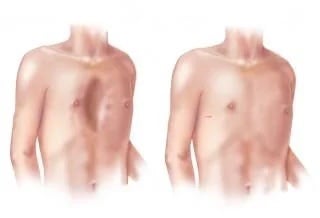
Accordingly, this congenital disease appears from childhood and is often unclear, progresses over time and is often most obvious during puberty when bones grow the most.
The disease is familial, siblings can have it together or father and son can have it.
Symptoms show that most mild to moderate cases will not have symptoms of cardiopulmonary compression and will not cause symptoms.
With more severe levels, common symptoms include: chest pain, frequent fatigue, shortness of breath, rapid heartbeat.
When children are active, it causes limited physical activity, they get tired quickly and have difficulty breathing compared to their peers.
Thin, malnutrition, combined with concavity causes poor aesthetics. Psychological effects include low self-esteem, reluctance to interact with friends, and even autism.
The disease can progress over time and become more severe, causing symptoms. Associate Professor, Dr. Nguyen Huu Uoc - Director of the Cardiovascular and Thoracic Center, Hanoi Viet Duc Hospital said: The current treatment method for congenital chest deformities is mainly surgery, the best age for treatment is usually from 7 to 15 years old, older patients can still have surgery but at a more difficult level.
Indications for surgery include one of the following factors with symptoms of cardiopulmonary tamponade: difficulty breathing, chest tightness, limited physical activity.
Aesthetic factors: Chest concavity does not cause symptoms but is aesthetically unpleasing. Psychological factors: Children are self-conscious and shy when interacting with people.
Haller index is an index used to assess the severity of chest deformity on computed tomography. Minimally invasive surgery with endoscopic assistance helps to place breast implants safely and effectively. Patients are usually stable and discharged on the 5th day after surgery.
Prevention, monitoring and post-operative exercise are important in achieving good treatment outcomes as well as improving the patient's quality of life and physical activity.
For thin patients, they usually gain 3-5 kg after surgery. Normal activities can be resumed after one month, and physical activity and sports training can be started after 3-6 months after surgery.
Strenuous physical activity is usually resumed one year after surgery. Breast implants are removed two to three years later, depending on the patient's age.
Source











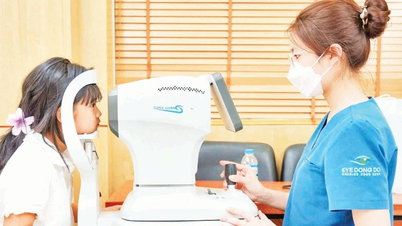

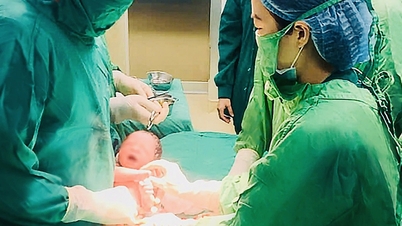
































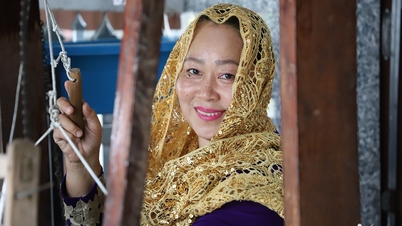







![[VIDEO] Propaganda and promotion of the use of E10 RON95 gasoline products in Quang Ngai | QNgTV](https://vphoto.vietnam.vn/thumb/402x226/vietnam/resource/IMAGE/2025/9/4/eeb7f42edd2745a482b4e5fd2f10e9b2)

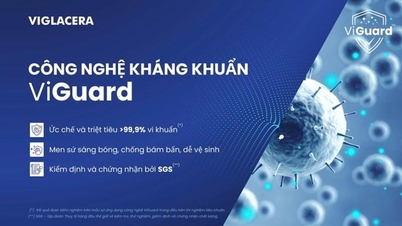













































Comment (0)